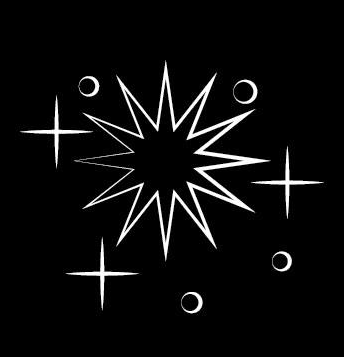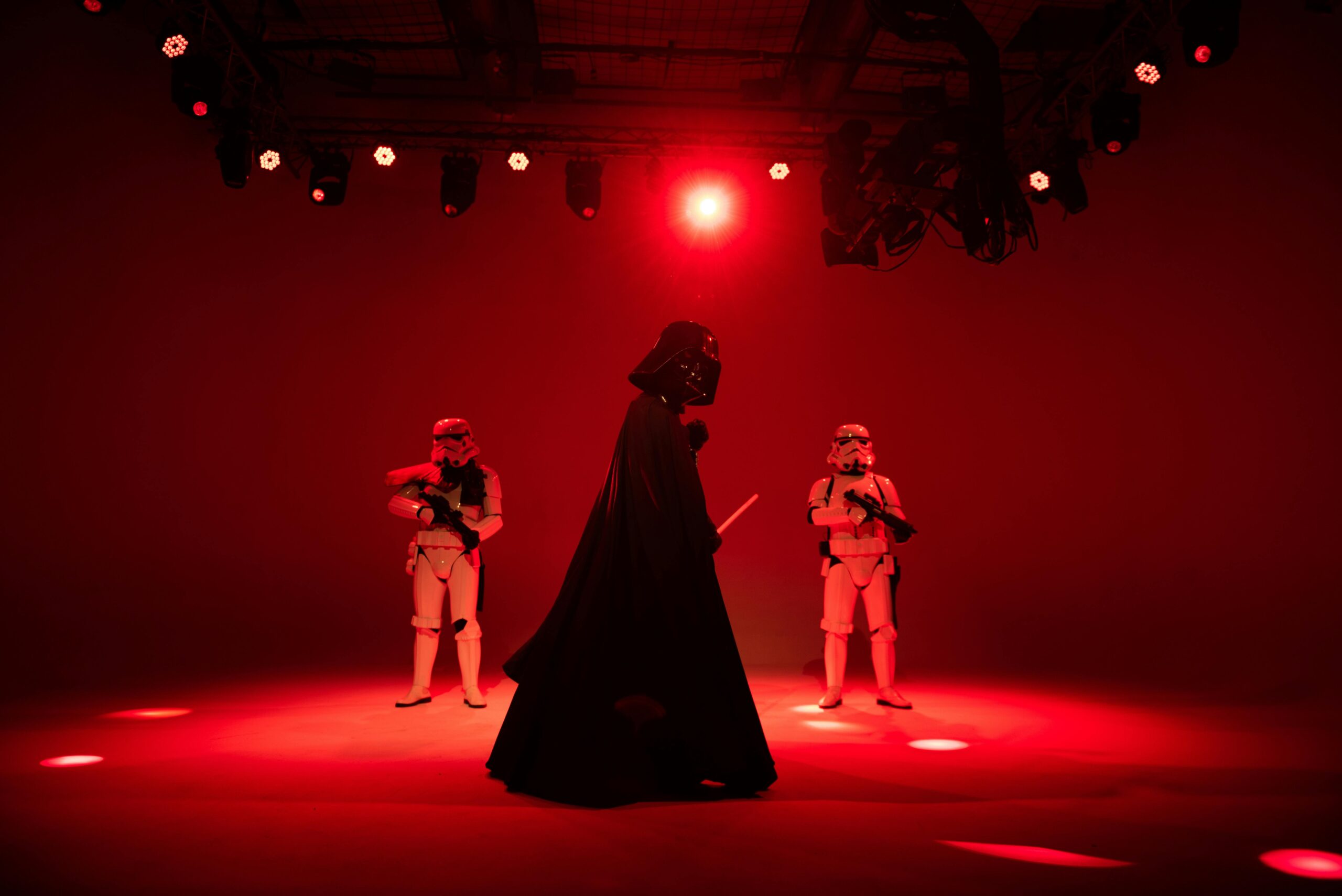As a lifelong fan of science fiction, space battles have always been one of my favorite elements in the genre. There’s something thrilling about massive fleets, daring pilots, and high-stakes combat playing out against the backdrop of endless stars. Over the years, I’ve watched how space battles in film have evolved—from the clunky effects of early classics to the jaw-dropping, CGI-fueled spectacles we see today. Let’s take a journey through time to explore how filmmakers have transformed space battles into the epic sequences we know and love.
The Pioneers: Early Space Battles
When I think about the origins of space battles in film, one of the first names that comes to mind is Flash Gordon (1936). While the effects are primitive by today’s standards, these serials laid the groundwork for what would become an iconic trope in science fiction. Simple models on strings, exaggerated sound effects, and imaginative set pieces brought the idea of intergalactic combat to life for early audiences.
Then came 2001: A Space Odyssey (1968), a film that revolutionized how space was depicted. While it wasn’t known for large-scale battles, its meticulous attention to detail and realistic portrayal of spacecraft inspired a generation of filmmakers. Stanley Kubrick’s work proved that science fiction could be both visually stunning and thought-provoking.
The Game-Changer: Star Wars (1977)
When Star Wars: A New Hope premiered in 1977, it completely redefined what space battles could look like. I’ll never forget the first time I saw the climactic Death Star trench run—X-wings and TIE fighters weaving through laser fire, accompanied by John Williams’ pulse-pounding score. It was a cinematic experience like no other, and it set a new standard for sci-fi action.
George Lucas’ team at Industrial Light & Magic (ILM) pushed the boundaries of special effects, using motion-controlled cameras and miniature models to create battles that felt dynamic and immersive. The Star Wars saga continued to innovate with battles like the Battle of Hoth (The Empire Strikes Back) and the space dogfights in Return of the Jedi, cementing its place as a cornerstone of the genre.
The Expansion Era: The 1980s and 1990s
The 1980s and 1990s saw a wave of sci-fi films that built on the foundation laid by Star Wars. Movies like Star Trek II: The Wrath of Khan (1982) offered a more tactical approach to space combat, with ships maneuvering like naval vessels in three-dimensional space. The tense game of cat-and-mouse between the USS Enterprise and the USS Reliant showcased a different kind of space battle—one that prioritized strategy over sheer spectacle.
Meanwhile, films like Independence Day (1996) embraced large-scale destruction and epic battles, pitting humanity against an overwhelming alien invasion. The climactic dogfight scenes, complete with fighter jets going head-to-head with alien ships, captured the imagination of audiences and brought a more modern flair to space battles.
The CGI Revolution: The 2000s
The turn of the millennium brought a major leap forward in technology, and space battles evolved accordingly. With the rise of CGI, filmmakers could now create massive, detailed battles that were previously impossible. One standout example for me is Star Wars: Attack of the Clones (2002), which introduced the Battle of Geonosis—an epic clash between the Republic and the Separatists, complete with sprawling armies and dazzling explosions.
Then there’s Serenity (2005), the cinematic continuation of Firefly. Its climactic space battle between the Serenity crew, the Alliance, and the Reavers felt raw, chaotic, and grounded—capturing the intensity of a small crew facing overwhelming odds.
The Modern Epics: 2010s and Beyond
Today, space battles are bigger, more complex, and more breathtaking than ever before. Films like Guardians of the Galaxy (2014) brought humor and heart to interstellar combat, blending fast-paced action with vibrant visuals. I remember sitting in awe as Star-Lord’s ragtag crew navigated massive, colorful battles that felt fresh and fun.
Meanwhile, Rogue One: A Star Wars Story (2016) delivered one of the most realistic and emotionally charged space battles in the Star Wars franchise. The Battle of Scarif, with its mix of fleet combat and ground warfare, was a visual masterpiece that showcased the brutality and sacrifice of war.
Christopher Nolan’s Interstellar (2014) and Denis Villeneuve’s Dune (2021) also deserve a mention. While not focused on traditional space battles, these films bring a level of sophistication to space-based storytelling that highlights the human element amidst the vastness of the cosmos.
What’s Next for Space Battles?
As technology continues to advance, I can only imagine where filmmakers will take space battles in the future. Virtual reality, AI-driven effects, and even immersive 3D storytelling could redefine how we experience these sequences. What excites me most is the potential for blending innovative visuals with compelling stories—because at the end of the day, the best space battles aren’t just about explosions. They’re about the characters, stakes, and emotional weight that make them memorable.
Final Thoughts
From the early days of Flash Gordon to the breathtaking battles of Rogue One, space battles have evolved in ways I never could have imagined. They’ve gone from simple models and strings to jaw-dropping, CGI-driven epics that transport us to galaxies far, far away. Along the way, they’ve captured our imaginations, pushed the boundaries of technology, and reminded us why we love science fiction.
For me, space battles will always represent the limitless possibilities of storytelling. They’re a perfect blend of action, creativity, and wonder—and I can’t wait to see how they continue to evolve in the years to come. Whether it’s a small skirmish or an intergalactic war, there’s something undeniably magical about watching ships clash among the stars.



